Hello! I am Darío Anguita, Geography and History teacher at Institut de Gurb (Barcelona). From the 2nd to the 6th of October 2023 I visited different schools in Slovenia with two teachers from other Catalan schools involved in this project. I invite you to read about my experience and all the things I did and learned in Slovenia.
This visit was for an Erasmus+ project, looking for learning and sharing new methodologies from different schools in different countries and applying them in our school with the objective of keep growing and improving.
The Slovenian educational system
Slovenia’s educational system comprises preschool education, compulsory basic education and upper secondary education.
- 1-6 years old: preschool education (predšolska vzgoja) is optional and not free, but some families with low incomes have access to subsidy policies or financial assistance programs.
- 6-15 years old: compulsory basic education education (obvezno osnovnošolsko izobraževanje). Free. There is a national exam when they finish. Depending on their marks, they have access to different types of studies and schools.
- 15-19 years old: upper secondary education (srednješolsko izobraževanje). They can choose between:
- Gymnasium (general education): different types of gimnazije (upper secondary general education schools) and matura (final examination), a course designed to prepare students for studies at universities.
- Vocational and specialised secondary schools: students acquire qualification for entering the labour market; furthermore, technical education and training gives access to tertiary education.
After completing secondary education, around the age of 19, students can choose to enter higher education institutions such as universities or colleges.
About the schools
III. Osnavna Šola Celje
III. Osnovna Šola Celje is a primary school (6 to 15 years old) located in the center of the town of Celje, where 430 students approximately are divided into 18 classes (2 in each level) and 47 educational staff (teachers and pedagogues).
The origins of the school go back to the beginning of the 20th century, in 1905, where a girls’ school was founded in the current building. In 1958 the institution was converted into a primary school for boys and girls. Over the years, the installations have been adapted and improved. In addition to the central building, the school has more classrooms for 1st grade students in a nearby building.
Osnovna Šola Martina Krpana
Osnovna Šola Martina Krpana is a primary school (6 to 15 years old) located in the district of Fužine, in the eastern part Ljubljana, where 400 students approximately are divided into 18 classes (2 in each level) and 45 educational staff (teachers and pedagogues) are working.
The school receives its name from Martin Krpan, a fictional character, protagonist of a series of stories written by Fran Levstik, a famous Slovenian writer. The school has recently received expansions and renovations over the years, which allows it to have extensive and complete equipment, including the library. Recently, the school celebrated the 40th anniversary of its foundation.
Osnovna Šola Hinka Smrekarja
Osnovna Šola Hinka Smrekarja is a primary school (6 to 15 years old) located in western part of Ljubljana, in Šiška district, where 450 students approximately are divided into 18 classes (2 in each level) and more than 40 educational staff (teachers and pedagogues) are working.
The school was founded in 1959, named Hinko Smrekar, in honour of the prominent Slovenian painter and illustrator who lived in the same district where the school is located. In 2001, the building was expanded due to space limitations. Currently there is a library, a gym, a canteen and a playground with a large garden space as the main facilities.
Diary of visits
Monday, 2nd October
Today we visited III. Osnovna Šola Celje. In this school we met the headmaster Mr. Aleksander Verhovšek and they told us about the school history, their organisation and the Slovenian educational system as well.
- Dramazitation (3B): The class is in Slovenian. It started with a “brain break”, a short activity prior to a more specific one. The desks form an L shape (2 desks with 2 students each one) facing the teacher. Students prepared the same play in four different formats (puppets, comic, perform in Slovenian and perform in English) organised in cooperative groups. The teacher controlled the time and rotated the tasks between the groups. Finally they did part of the performances. This was a very interesting activity where all the students have been involved in the process of the four final products.
- Sport Games (5B): In Physical Education, boys and girls were separated into two different groups. According to what they told us, it is common for the teacher to be male or female depending on the group. In this case, the girls are in the gym, where they would work on basketball. The class started with short warm-up games and finally they were separated into two groups to play short matches.
- CLIL (7A): It was a classroom of 20 students, with the desks facing the teacher. It started with a master class, using textbooks. The class was entirely in English, focusing on vocabulary and grammar related to sports. The activities were reading comprehension exercises, where the students who had finished first provided the answers to the rest of the group. At the end of class, the delegates took a document to the teacher, where she noted their behaviour as a group and signed it.
- Special Education Class: The special education teacher received a single student in her classroom. This space is designed to be a warm and safe place for those students with specific needs. Throughout the class, the teacher played different games with the student. The space is completely adapted: the chairs have rubbers on the legs so that students can play with their feet and the tables are adjustable for different functions. During the class, the student was free to move around the space while the teacher managed the time, changing and timing the activities.
Tuesday, 3rd October
Today we visited III. Osnovna Šola Celje again and we attended at more classes:
- English (9A): There were 14 students sitting at desks of two students each one, facing the teacher. The tasks in the classroom are realised with a book and the teacher indicates the activities and the timing. The class is completely in English. The class continued with a listening activity and later with some vocabulary exercises. The participation was active throughout the class. At the end, the teacher proposed a more playful activity, a Kahoot!. This was the only time when students could use their mobile phones, as their use is completely forbidden in the school.
- Music (9B): The class took place in the music classroom, where there are stands at the end of it. Students sat on top of the platform with different percussion instruments. The teacher set the rhythm and the students followed it, alternating it with some improvisations. As the teacher introduced new rhythms, she made the students create a more complex composition.
- Elmer’s Day (1B): The teacher had permanent support in the classroom. During the class, Slovenian language was alternated with English vocabulary about colours. It started with a circle, singing songs and doing coordination games and ended with more active activities about the same topic.
- English (2nd Grade): There were 22 students in the classroom, with one student with special educational needs. The class was fully in English. It started with a song about numbers. Students worked with books and worksheets provided by the teacher. There was a lot of emphasis on oral communication, with much more vocabulary than grammar work. The tasks were very structured, with short and simplified activities. Timing was also very important.
In the afternoon, we had a meeting in the town hall with Gregor Delja, director of municipal administration at Municipality of Celje and former headmaster at Gimnazija Celje, Lidja Pulko, representative for Celje of the National Institute of Education of Slovenia and Aleksander Verhovšek, headmaster III. Osnovna Šola Celje.
It was a very interesting meeting, where they explained to us how the educational system works in Slovenia and the important role that the National Institute of Education takes in the curriculum reform process that has begun this 2023. The Institute, every August before the start of the school year, prepares innovation and collaboration projects, like this Erasmus+ one, as well as publications of articles and journals.
As Gregor Delja told us, the process of changes that have begun is framed in a context of an educational crisis that especially affects secondary education and is originated in part on the lack of public investment and the lack of teachers, due to the actual precarious and unstable working conditions. These problems end up being visible in indicators such as the PISA report.
Despite the difficulties they actually face, they hope that the reforms will improve the current conditions and allow them to grow at the educational level to be on par with the rest of the countries in terms of the new pedagogical methodologies.
Wednesday, 4th October
Today we had a break from visiting schools and we travelled from Celje to Ljubljana. In the afternoon we met Sebastjan Abbad, History teacher at Osnovna Šola Hinka Smrekarja, who would be our host and guide at our arrival at the city. After a pleasant guided tour through Ljubljana, we were kindly invited to dinner as guests with Mr. Abbad and Mr. Igorcho Angelov, headmaster of the same school.
Thursday, 5th October
Today we visited Osnovna Šola Martina Krpana, in the eastern part of Ljubjana. In this school we were hosted by the Headteacher of the school, Mrs. Barbara Žitnik and Lane Vukadinović, English teacher. During the first hour breakfast and meeting they told us about the history and the characteristics of the school. The school has a large percentage of students from immigrant families, most of them from other Balkan countries like Serbia, Bosnia, Albania or Bulgaria and a few from Ukraine and Russia.
- History (4B): It was a class with 25 students who were distributed in 3 rows separated by a corridor in the middle. The class was in Slovenian and they used textbooks. The classes followed a traditional format, with the teacher projecting the contents of the book onto the whiteboard. The teacher asked questions and the students looked for the answers in the text. In the classroom, students had assigned lockers for their own material.
- Maths (9th Grade): It was a small group of ten students. The class was in Slovenian and textbooks were complemented with a digital board. The teacher showed the exercises on the board and the students solved them, asking questions with their classmates. The methodology in the classroom was traditional, all the initiative and timing was led by the teacher.
- English (7B): Class of 16 students. They started by projecting images on the board and with previous notes, they made sentences that correspond with the images. For that task, they were organised in pairs and they changed the disposition of the chairs. The teacher kept an eye on each group, asking questions about the topic. Once they had written the sentences on the board, they went on to do activities from the book, keeping the pairs. During class, the teacher sat strategically next to a disruptive student, acting as support. The level of oral comprehension in English was generally very high, which helped the teacher to lead the class in English with no problems.
Friday, 6th October
Today we visited Osnovna Šola Hinka Smrekarja, in the western part of the city. At our arrival we enjoyed a warm welcome by Sebjastian Abbad and a group of students that sang to us some songs in English and Slovenian as well. After that, they guided us through the school until class time.
- English (6th Grade): Class of 19 students. The oral expression level was relatively low among the students, but good enough to do the most part of the class in English, except for the transitions between activities when Slovenian was used. During the first activity, each student read a card given by the teacher and later, they played a game of guessing the job (Who is who?). The class continued with exercises. The students had a book and the teacher complimented it with the use of a digital board.
- English (2nd Grade): Class of 15 students. At the beginning of the class, the teacher took the students outside, to the playground. Once there, they sang and danced different songs before the activities. They made a circle and took two students to the middle of it, trying to have short conversation with some basic questions and sentences.
- Learning with dogs (2nd Grade): This was an AAE (Animal-Assisted Education) class with 16 students. The students made a circle around the dog and the teacher. Then, she introduced a basic maths game, where the dog chose a number using cards and if it was correct the students gave her some food as a reward.
- English (8th Grade): Class of 14 students with two teachers, one of them works as a support for some students. Since 8th grade, students are mixed in smaller groups for some subjects (English, Slovenian and Maths). From the beginning of the class, the teachers tried to engage the boys to avoid disruptive attitudes, but the girls who sat on the other side just followed the exercises in silence.
- French (optional subject): The optative subjects are taken from 7th to 9th grade, 2 hours per week. The different optative subjects are determined by the Education Ministry (French, German and Tourism). Students have to do each subject during these last three courses and they are all mixed, regardless of their age. It was a small group of 5 students. The class was about vocabulary related to animals and the activities were mostly worked through oral expression finishing with a short test.
Conclusions
Across the different schools that I visited in Slovenia, I learned some interesting activities and techniques that I could apply during my classes and could be a great addition together with the ones that we already use in my school. However, I have to say, based on my observations, that we are a step forward in terms of new methodologies, digitalization, and cooperative learning. This is especially relevant with respect to the CLIL methodology, where although it was apparently present in some subjects, it could not really be applied due to the curricular restrictions of the current Slovenian educational system.
Due to all of this, the few yet interesting didactic innovations were restricted to a particular use by the teacher or isolated proposals from a specific school. Nevertheless, there are some methodologies, such as certain cooperative activities, the use of active breaks as a transition between different activities, or the implementation of education assisted with animals, that have inspired me. These methods have been discussed and shared with our Slovenian colleagues, undoubtedly enriching this exchange.
One of the most interesting things I observed in the various schools I visited in Slovenia was the order and self-discipline that teachers and students demonstrated in different ways, making coexistence much easier. Acting responsibly and autonomously from the moment of arrival, such as leaving shoes at the entrance, changing classrooms, tidying up the classroom or during lunchtime. Students, from the youngest to the oldest, do not need to ask teachers for anything; they have internalised what they need to do and who is responsible at every moment of the day. This is another form of cooperation that may not have been what I was initially seeking, but it is essential if we aim to achieve similar outcomes in our classes.
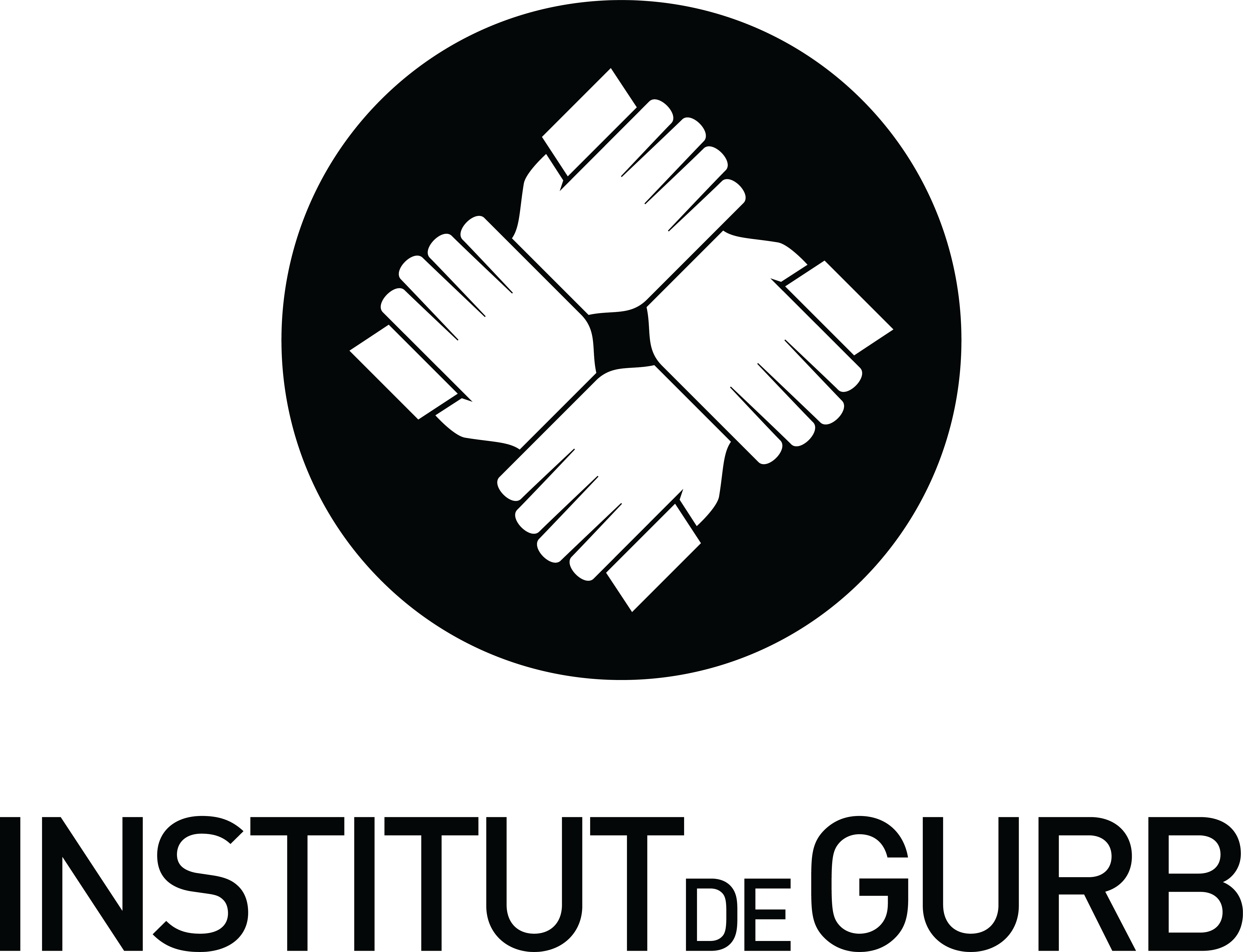
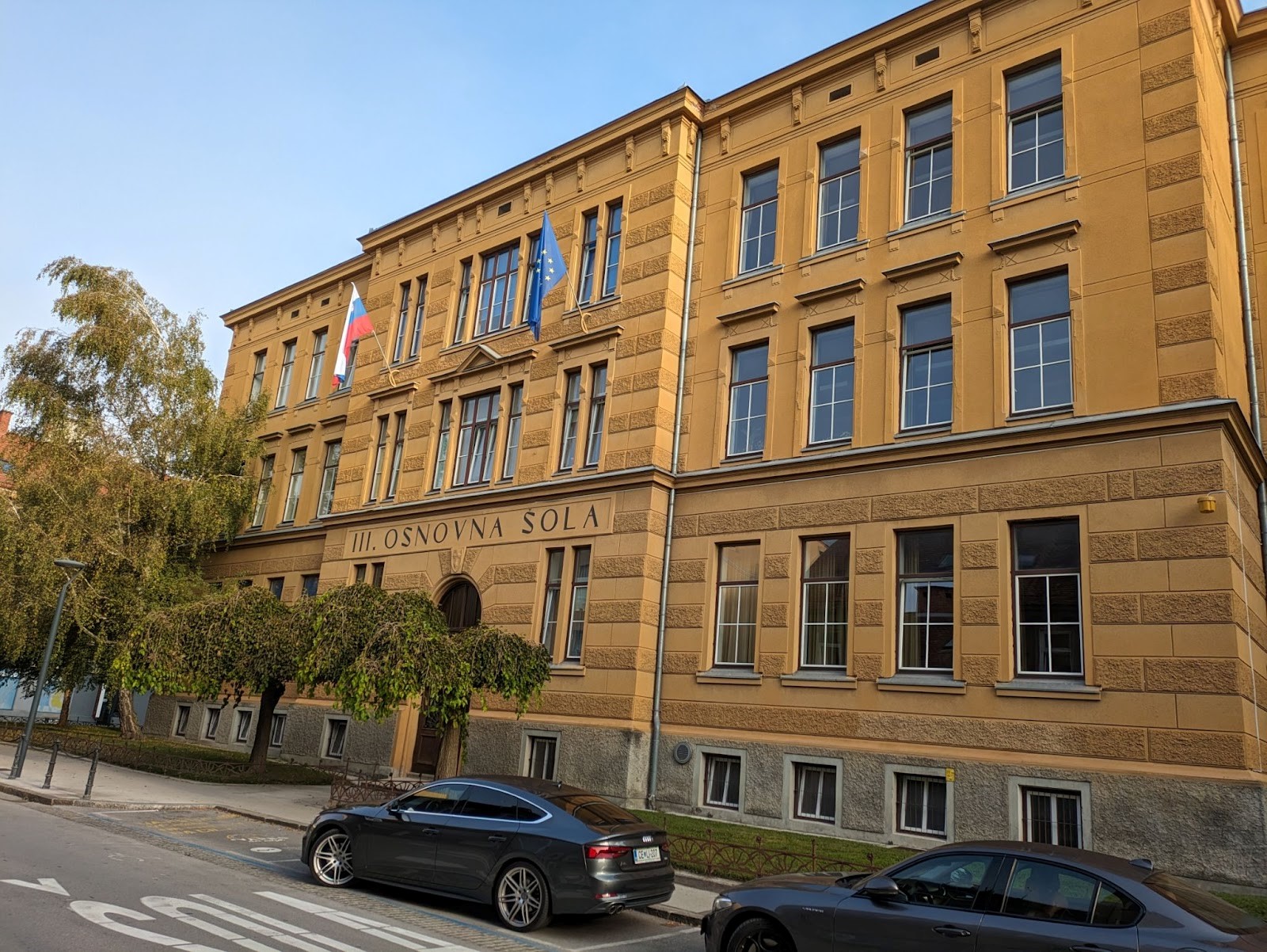
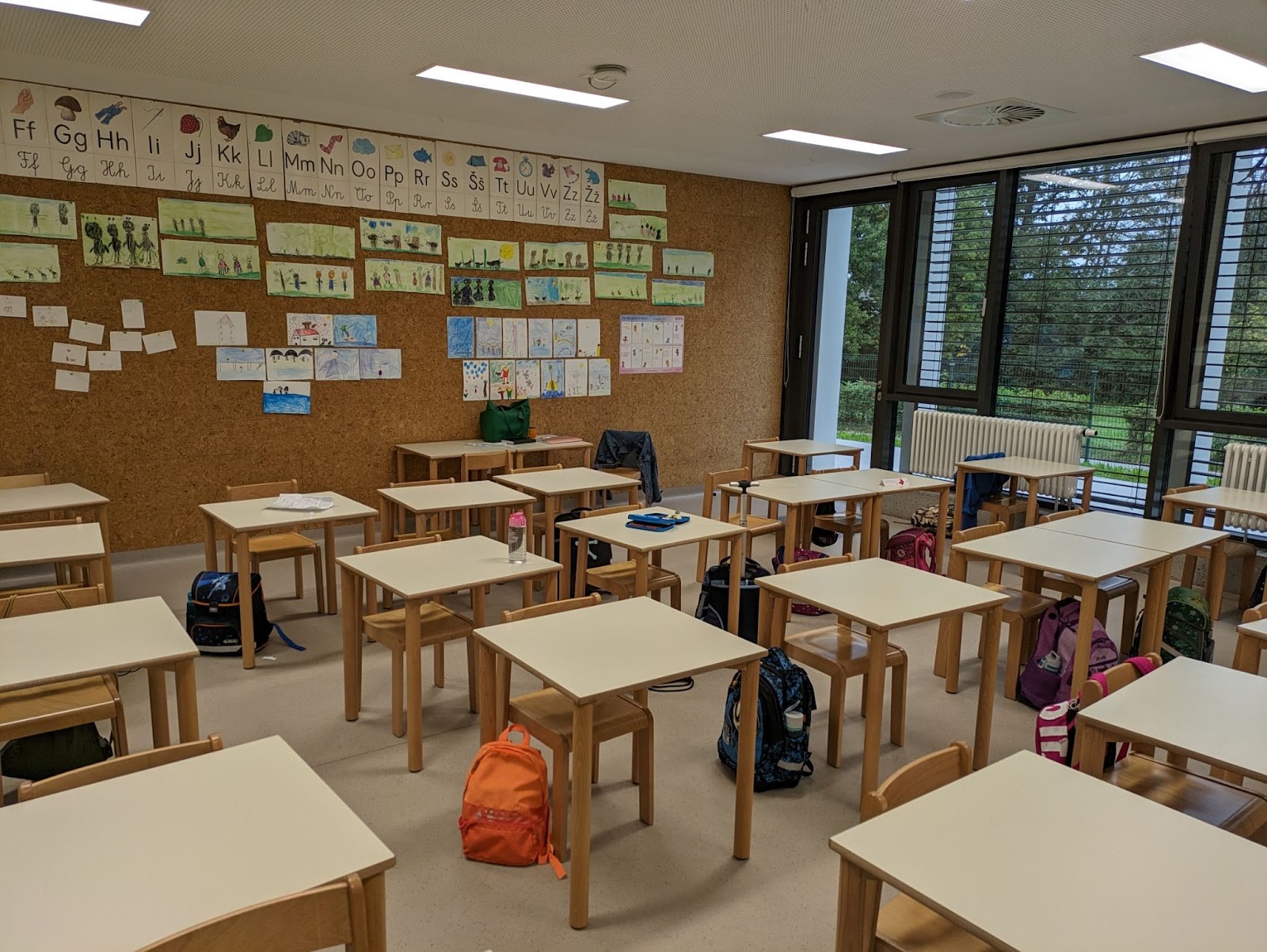
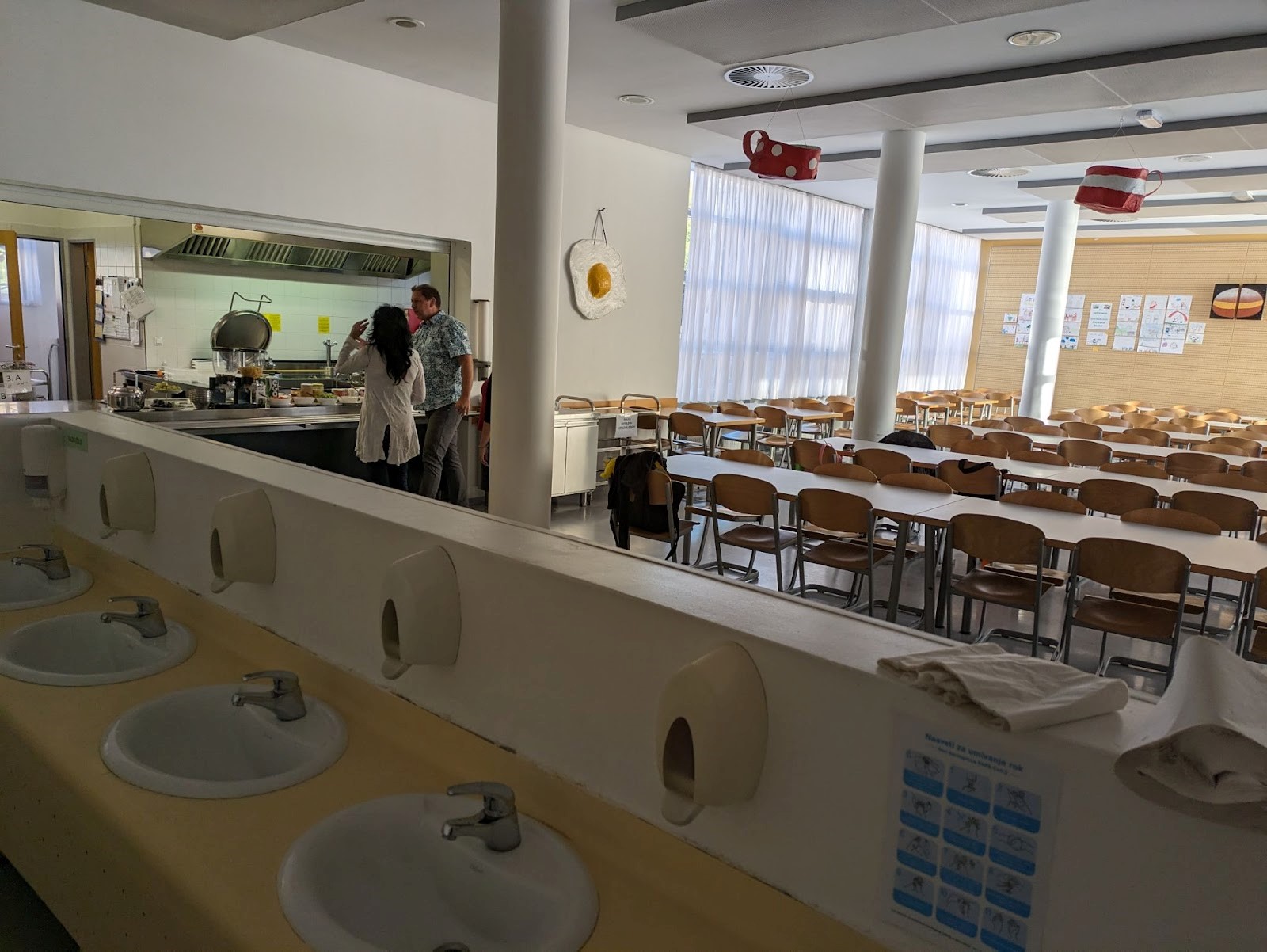


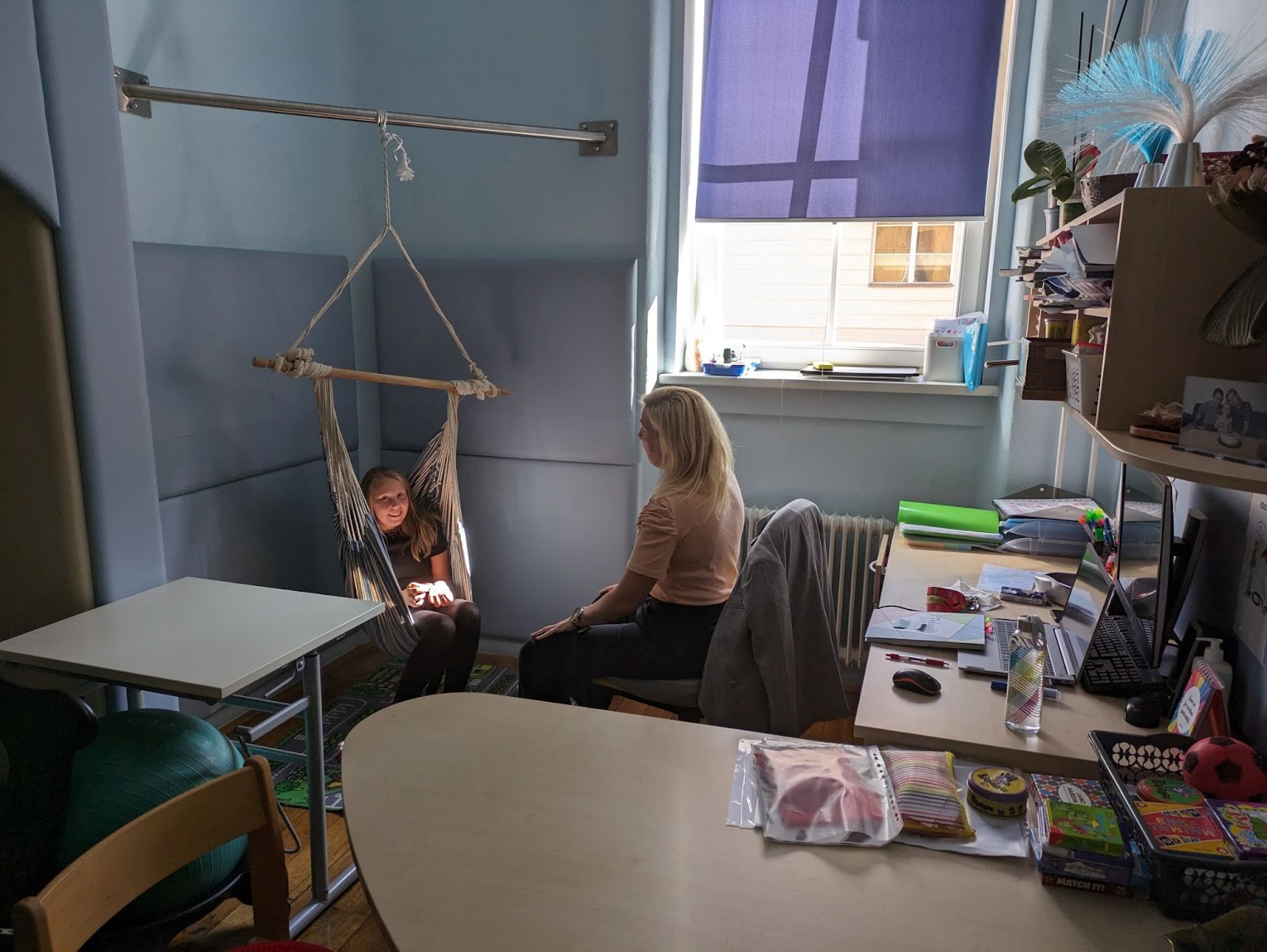
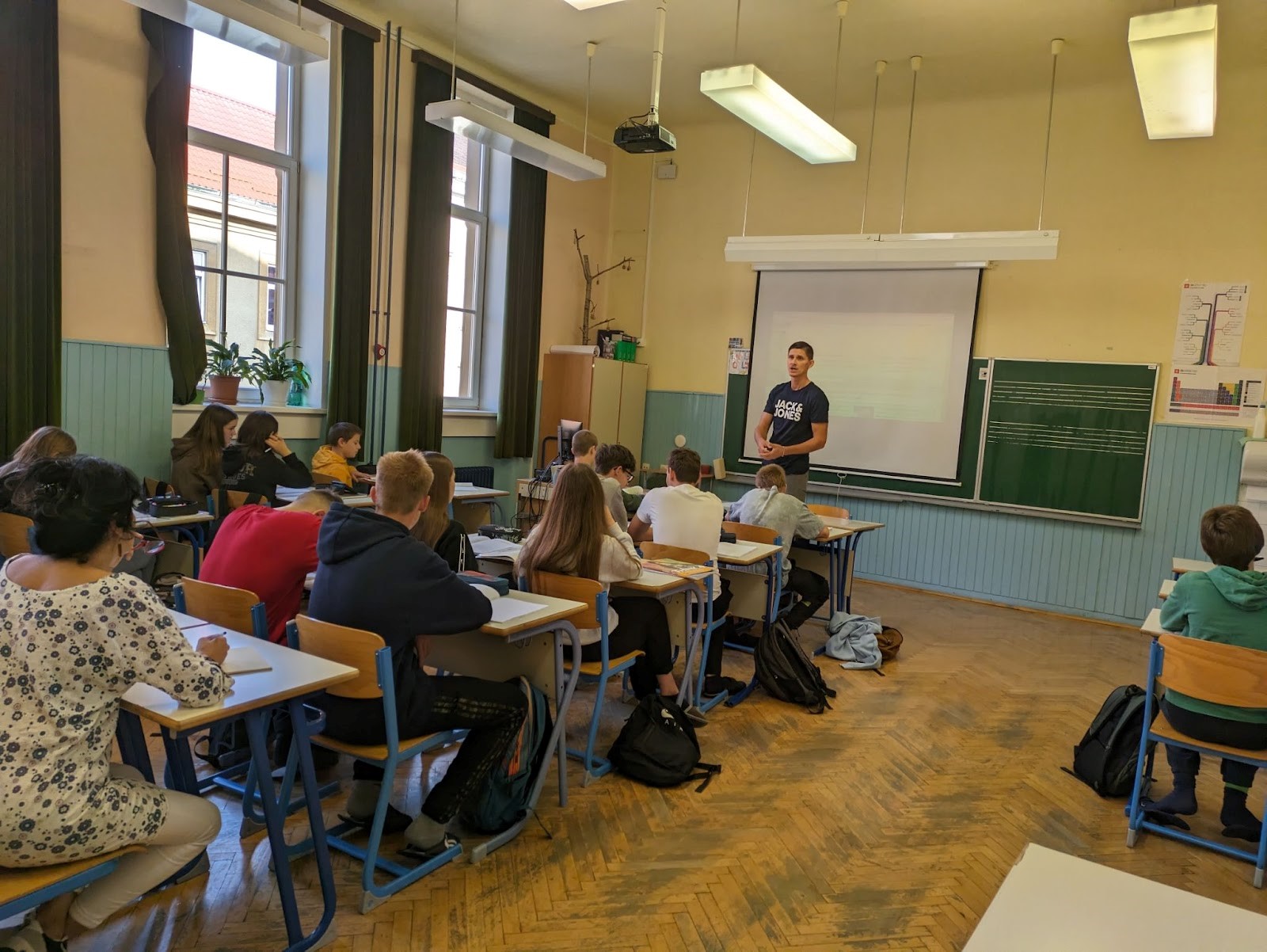
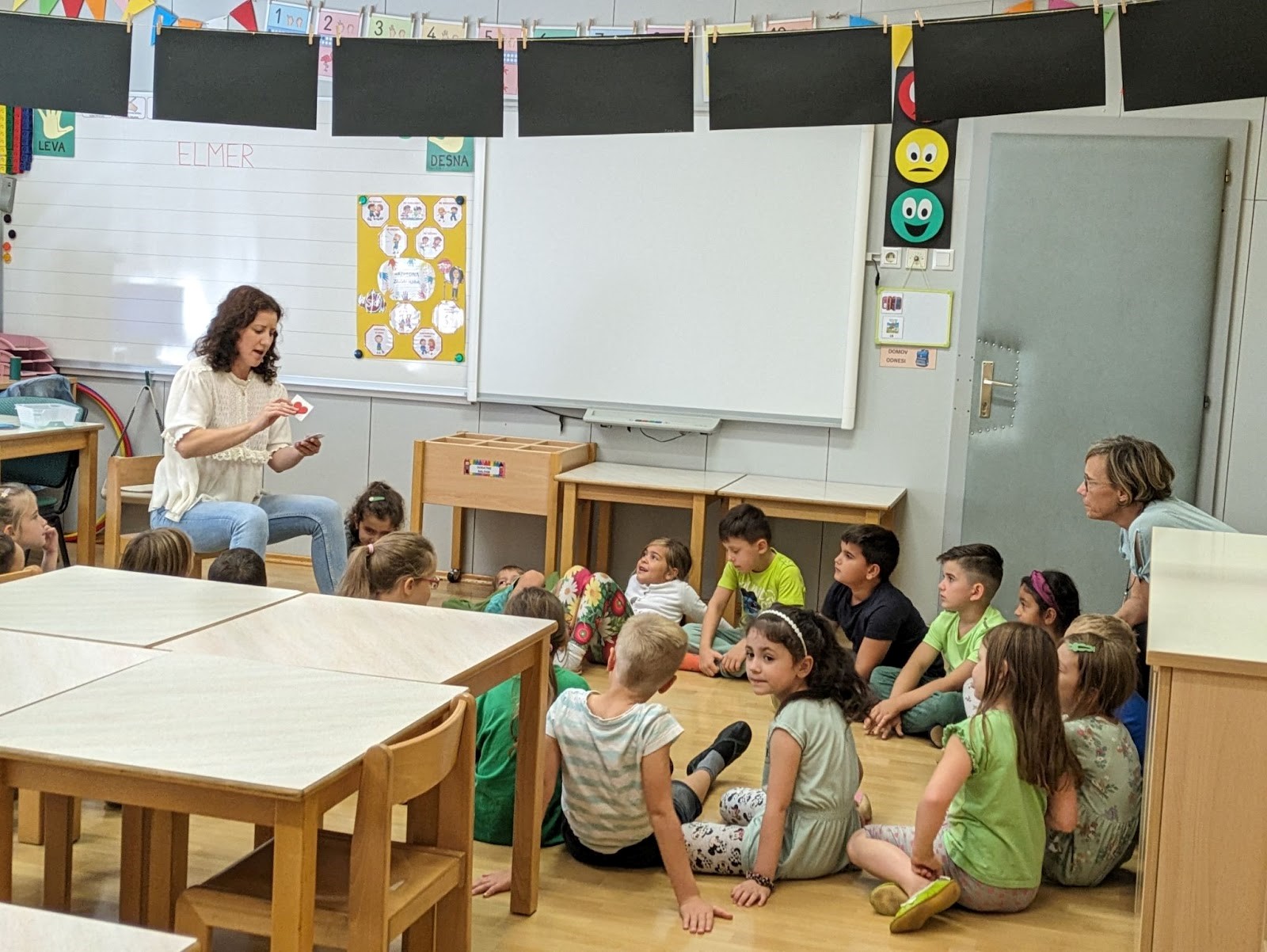
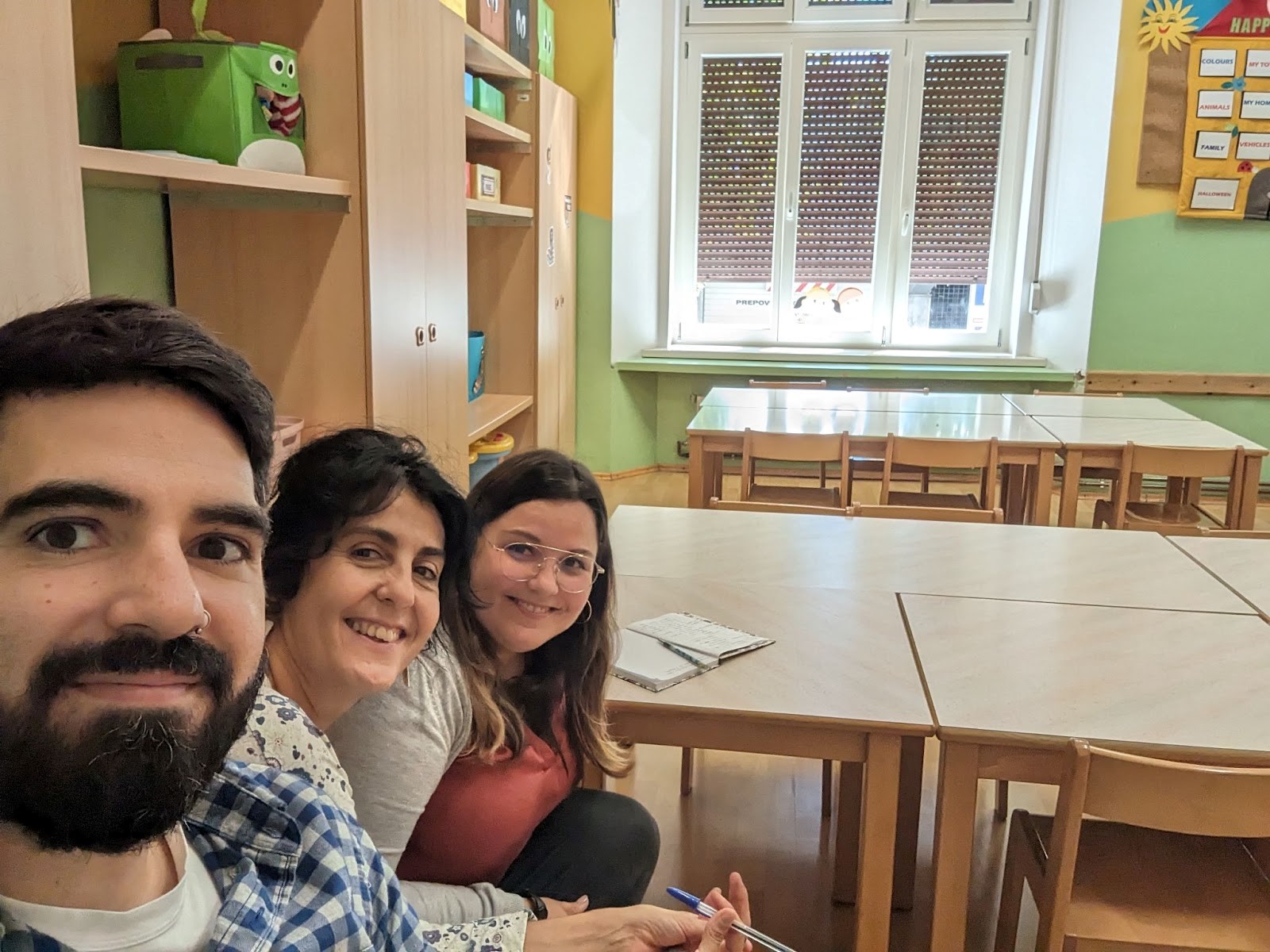


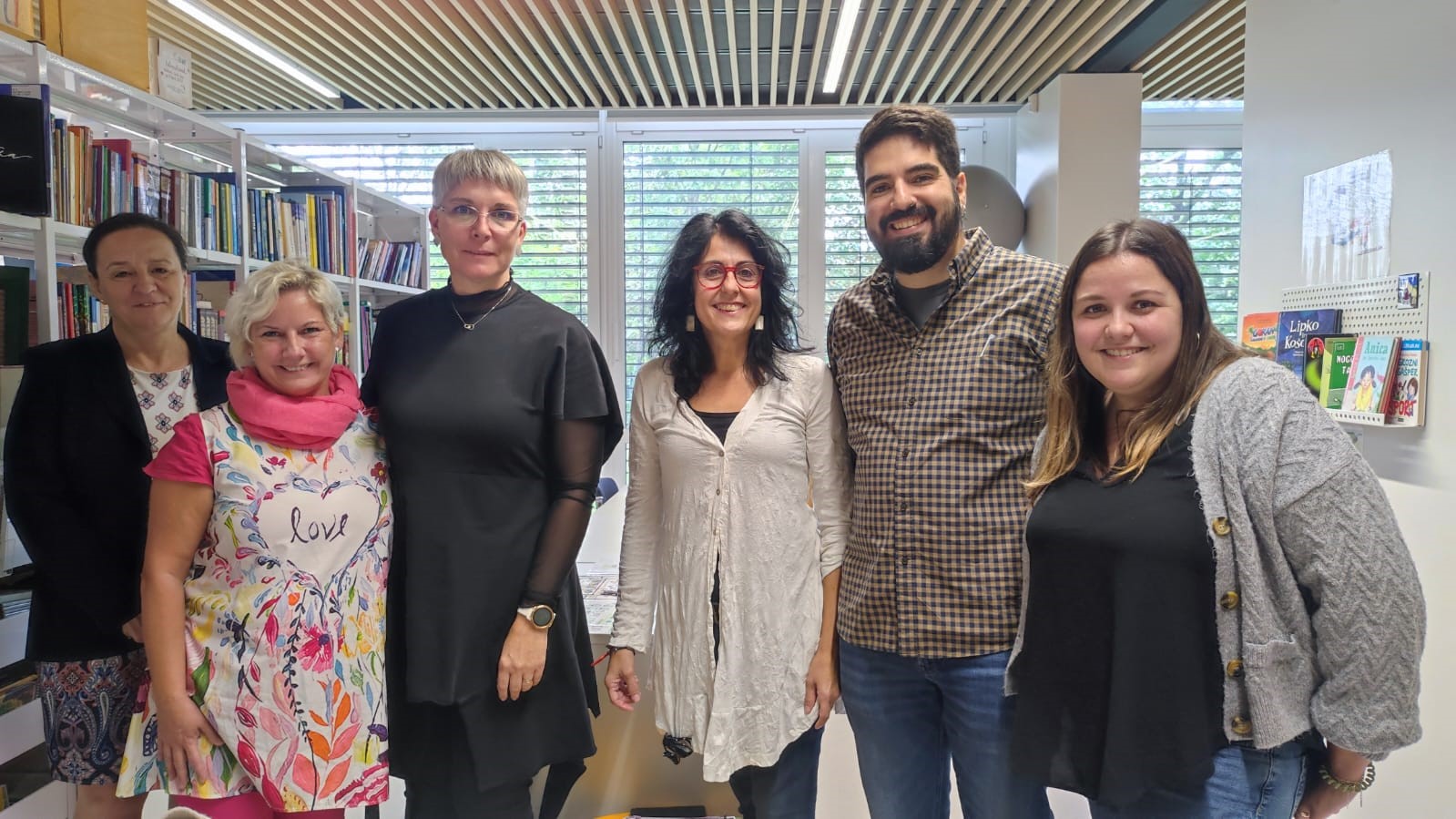
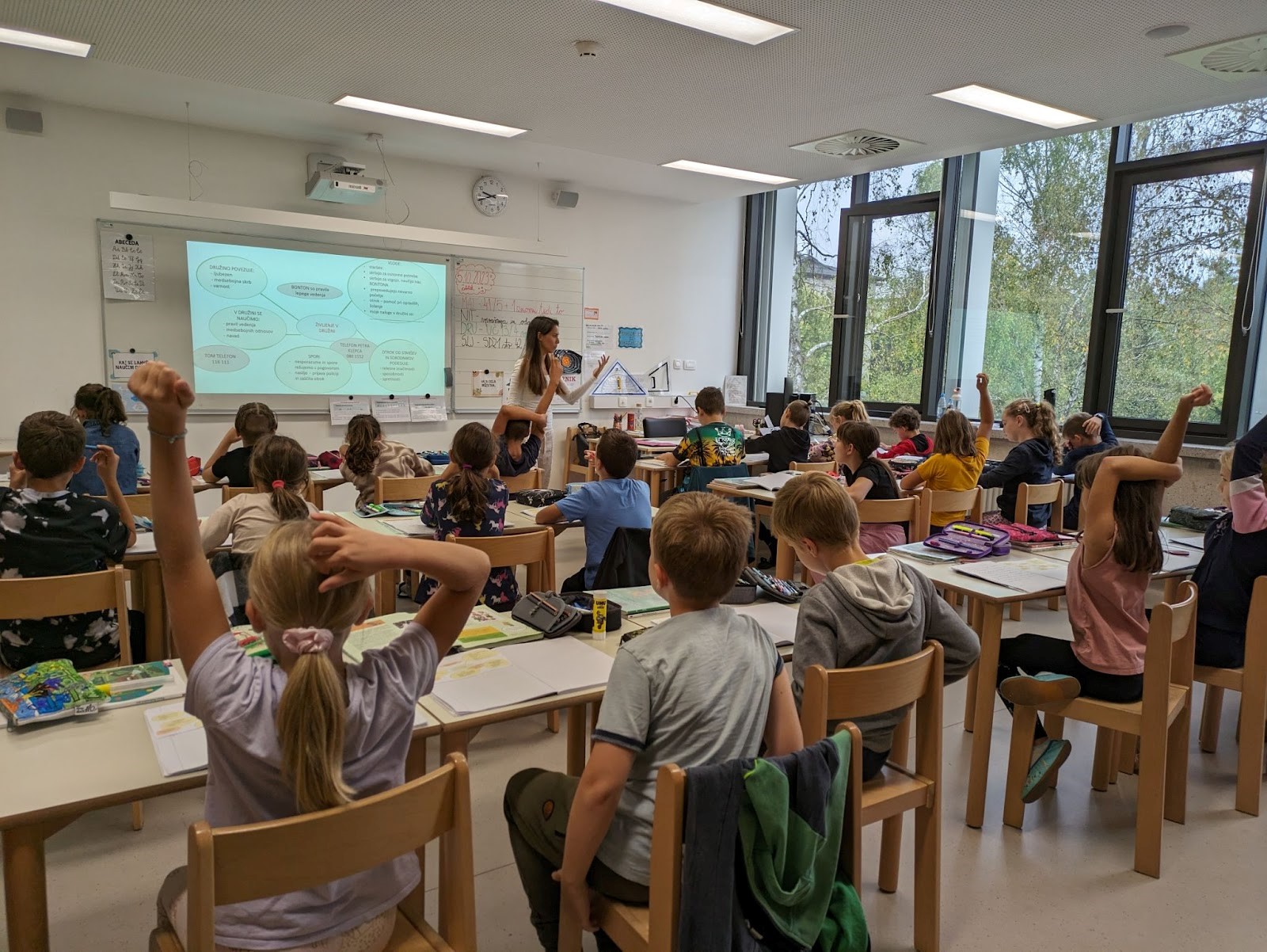
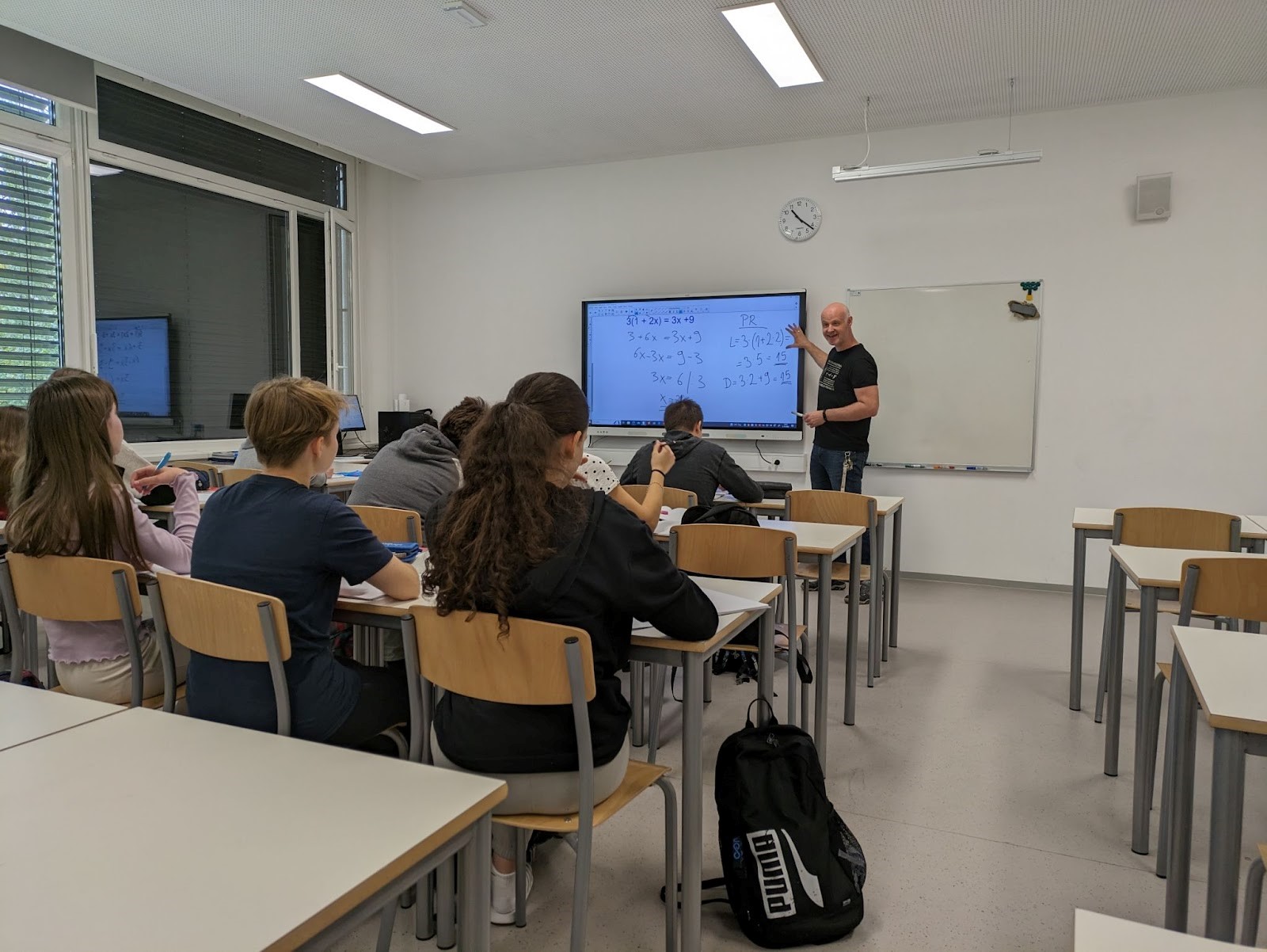







Segueix-nos!